How And When To Pick Peppers – For The Freshest Flavor & Longest Shelf Life
Knowing how and when to pick peppers can make all the difference in terms of flavor. Follow this guide to learn how to harvest the tastiest peppers ever.

Amy Draiss
Peppers are extremely fun to grow since there are dizzying arrays of them to choose from; with a variety of colors and flavors from sweet to the hottest hot. It is because of this variety, though, it is sometimes difficult to know how and when to pick peppers. We'll look at several common types of pepper plants and how to harvest them for peak flavor according to expert vegetable harvesting guidelines.
When to Pick Peppers
Peppers have been cultivated in Central and South America, Mexico, and the West Indies since ancient times, but it was early explorers like Columbus who brought the pepper to Europe. They became popular and were then brought to North America with the first European colonists.
Peppers are tropical plants that are grown as warm season annuals here. Given plenty of sun, peppers are relatively easy to grow. Plant them in well-draining soil with plenty of organic matter. Of course, it depends upon the pepper variety, but most peppers should be spaced about 12 to 16 inches (31-41 cm.) apart.
When to pick peppers will vary according to which type of pepper variety you have. Most sweet pepper varieties mature within 60 to 90 days, while their muy caliente cousins may take up to 150 days to mature.
Hot Peppers
If starting peppers from seed, add eight to ten weeks onto the information on the seed packet to account for the time between sowing and transplanting. For most people, this means seed sown peppers will be started indoors in January or February.
Pepper harvest time for many hot varieties of peppers, like jalapeños, is often indicated when the fruit is a deep, dark green. Other hot pepper varieties such as Cayenne, Serrano, Anaheim, Tabasco, or Celestial are mature after a color change from green to orange, reddish brown, or red.
Harvesting hot peppers as they mature encourages the plant to continue to fruit. Hot pepper plants should continue to fruit but production wanes into the fall.
Gardening tips, videos, info and more delivered right to your inbox!
Sign up for the Gardening Know How newsletter today and receive a free copy of our e-book "How to Grow Delicious Tomatoes".
Sweet Peppers
Sweet pepper, such as bell peppers, are often harvested when the fruit is still green, but full sized. Allowing the bell pepper to remain on the plant and continue to ripen, changing colors from yellow, orange, to red before picking pepper fruit, will result in sweeter peppers.
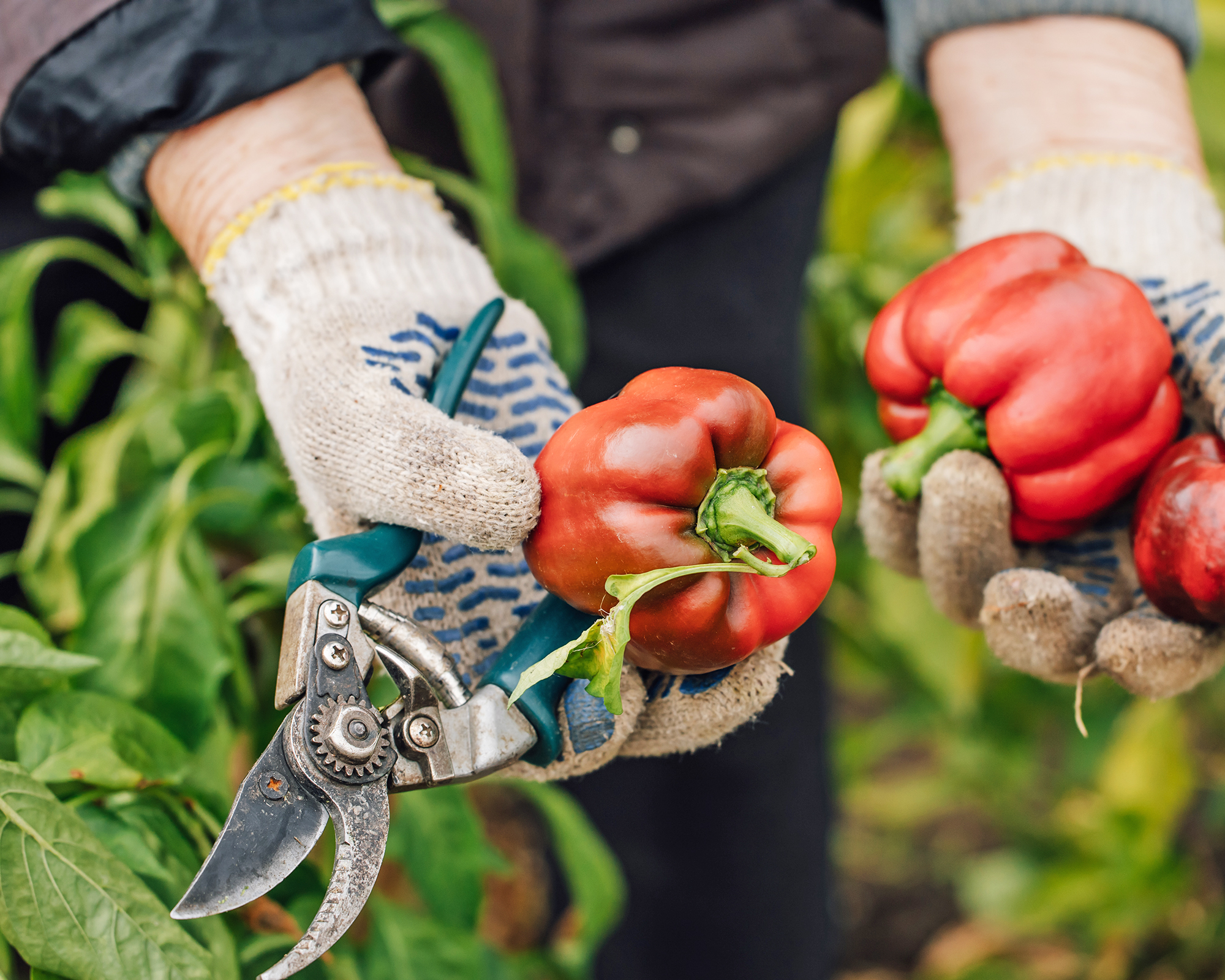
Another sweet pepper, the banana pepper, is also harvested when yellow, orange, or red. Sweet pimientos are picked when red and around 4 inches (10 cm.) long by 2 to 3 inches (5-8 cm.) wide. Cherry peppers will vary in size as well as flavor and are harvested when orange to dark red.
How to Pick Peppers
Harvesting sweet pepper varieties requires some finesse, as the delicate branches will break if you tug at them. Use hand pruners, scissors, or a sharp knife to remove the pepper from the plant.
When harvesting hot peppers, use gloves or wash your hands immediately after picking the fruit. Do not touch your eyes or mouth after harvesting or the capsaicin oil, which is probably on your hands, will undoubtedly burn you.
How to Store Peppers
Peppers can be stored in the refrigerator for seven to ten days or at 45 degrees F. (7 C.) with an 85 to 90 percent relative humidity. Make them into salsas, add them to soups or salads, roast them, stuff them, dry them, or pickle them. You can also wash, cut, and freeze peppers for future use.
Caring for Pepper Plants After Harvest
Once the pepper plant has been harvested in most areas, it is finished for the season and the plant will die back during the late fall. In regions with year-round warm temps, however, the pepper may continue to produce, just as it does in the tropical regions of its origin.
You can also overwinter a pepper plant by bringing it indoors. The key to overwintering is warmth and light. It is possible to keep a pepper for many years in this manner. Many pepper plants are quite ornamental, and will continue to fruit indoors and make a lovely addition to the home décor.

Amy Grant has been gardening for 30 years and writing for 15. A professional chef and caterer, Amy's area of expertise is culinary gardening.
- Amy DraissDigital Community Manager
-
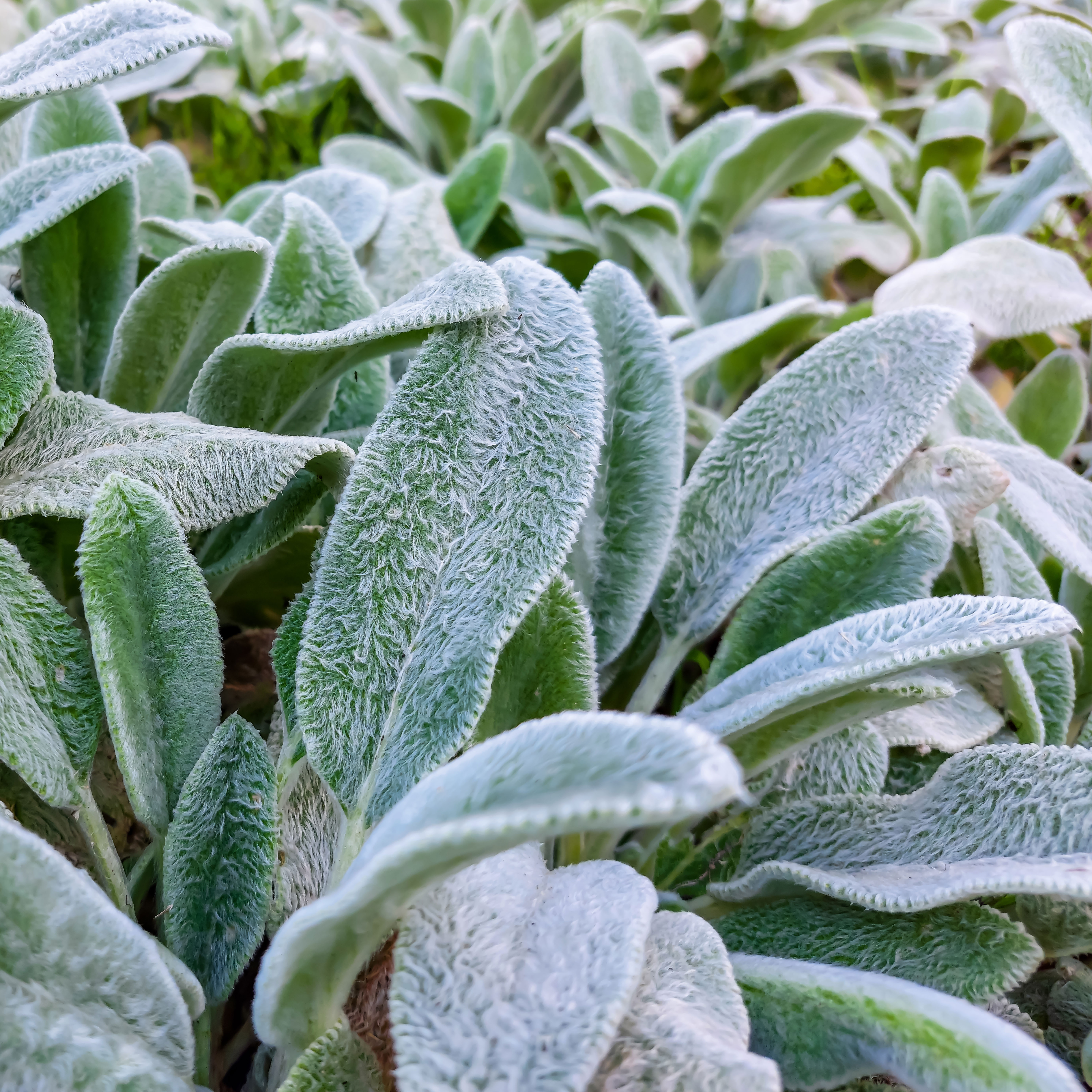 Looking For Plants To Give You The Soft And Fuzzies? Try These 5 Fuzzy Leaf Plant Options
Looking For Plants To Give You The Soft And Fuzzies? Try These 5 Fuzzy Leaf Plant OptionsLovers of texture, drama, silver foliage and tactile plants will adore these special sensory garden additions. These fuzzy leaf plant options will leave you all aglow
By Susan Albert
-
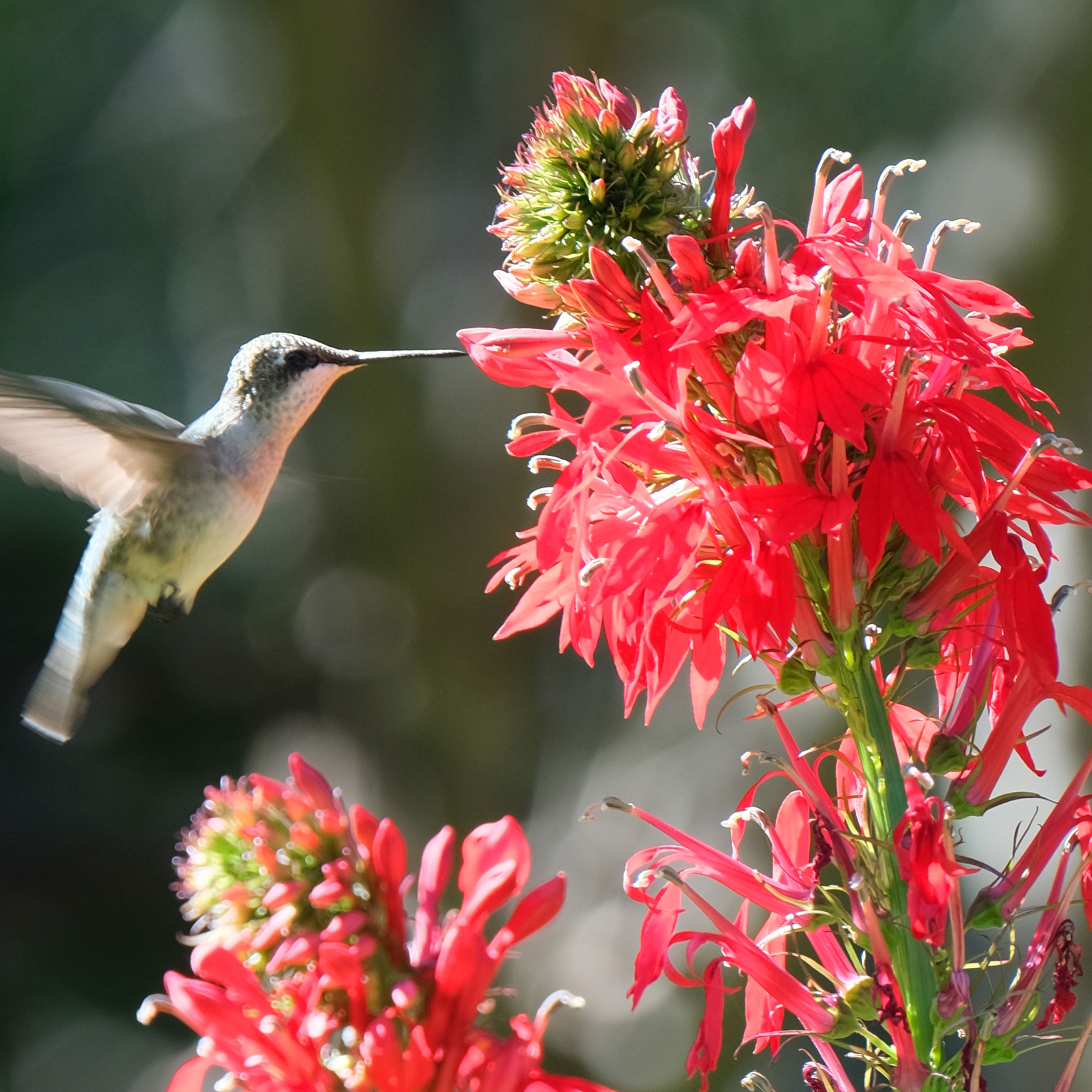 Get Ready For A Summer Of Hummers! Grow These Full Sun Hummingbird Plants and Flowers
Get Ready For A Summer Of Hummers! Grow These Full Sun Hummingbird Plants and FlowersIf you’re lucky enough to enjoy a sunny backyard, make sure you are maxing out on your pollinator opportunities and grow these full sun hummingbird plants and flowers
By Tonya Barnett
-
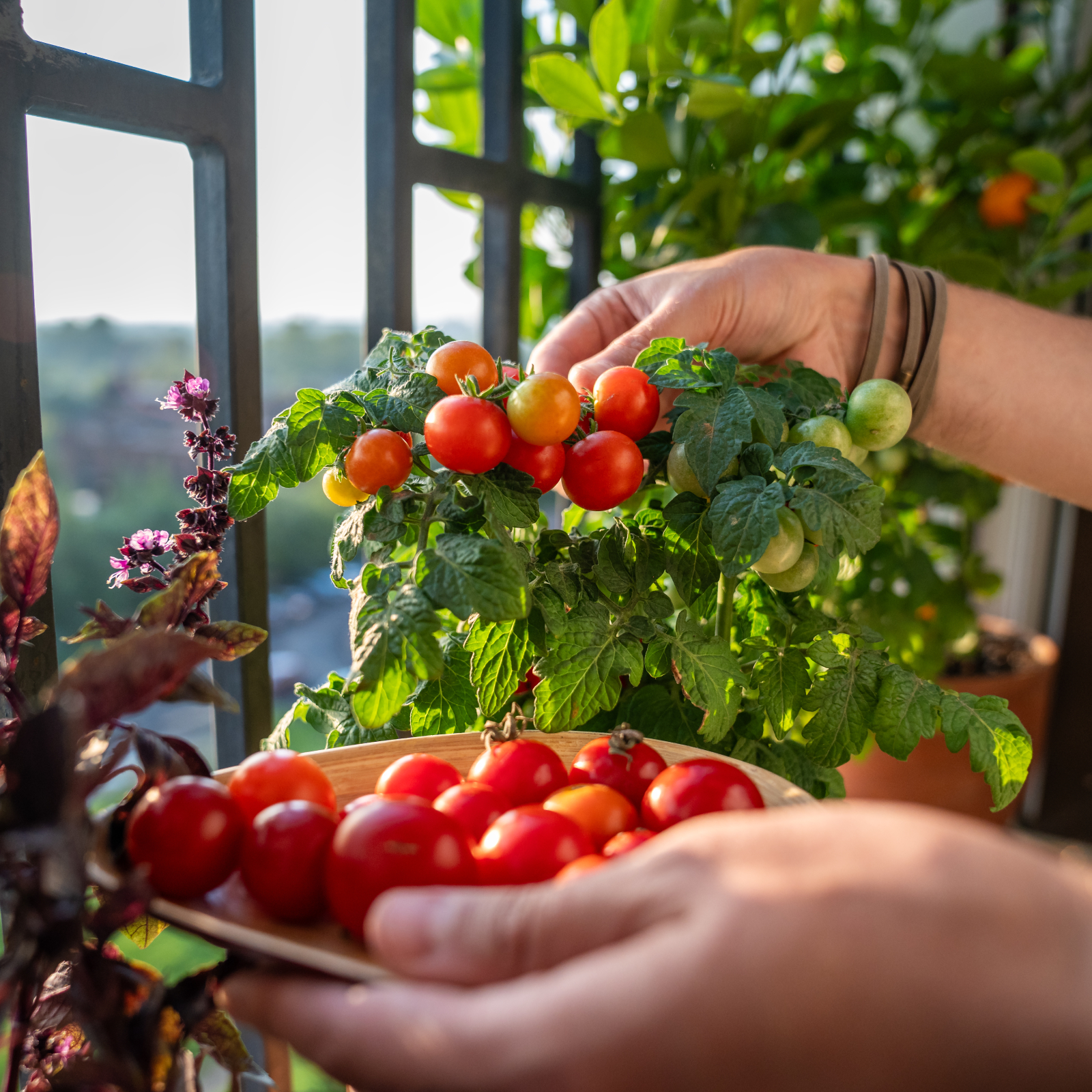 Best Tomatoes For Containers: 10 Tastiest Varieties For Plentiful Produce In Compact Areas
Best Tomatoes For Containers: 10 Tastiest Varieties For Plentiful Produce In Compact AreasThese are the best tomatoes for containers that prove you don't need to have a large space or elaborate garden to grow delicious produce.
By Bonnie L. Grant
-
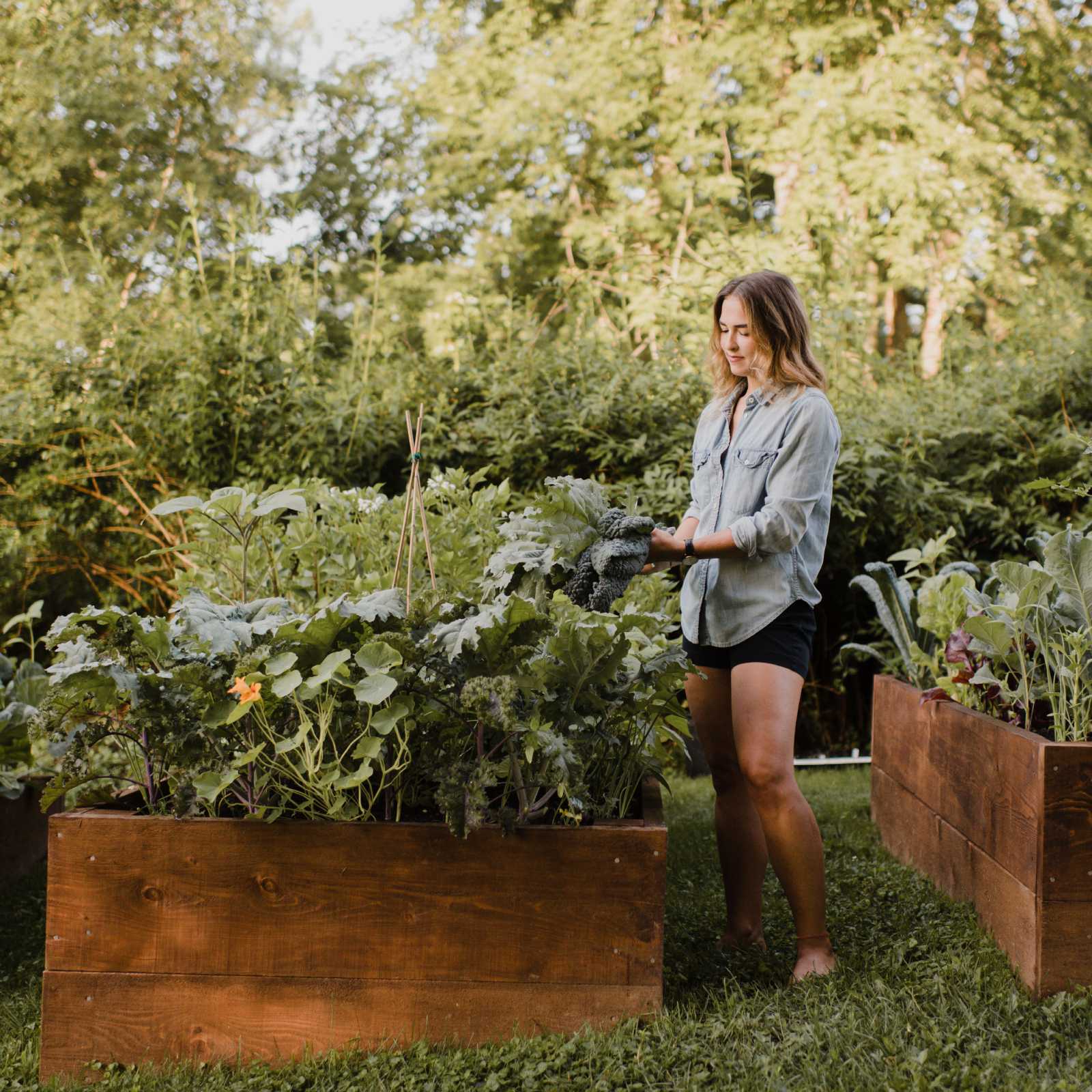 Raised Bed Garden Layout Ideas To Maximize Your Vegetable Harvest
Raised Bed Garden Layout Ideas To Maximize Your Vegetable HarvestCurious how to maximize your vegetable garden this year? Try these raised bed layout ideas and tips to get the most out of your space.
By Teo Spengler
-
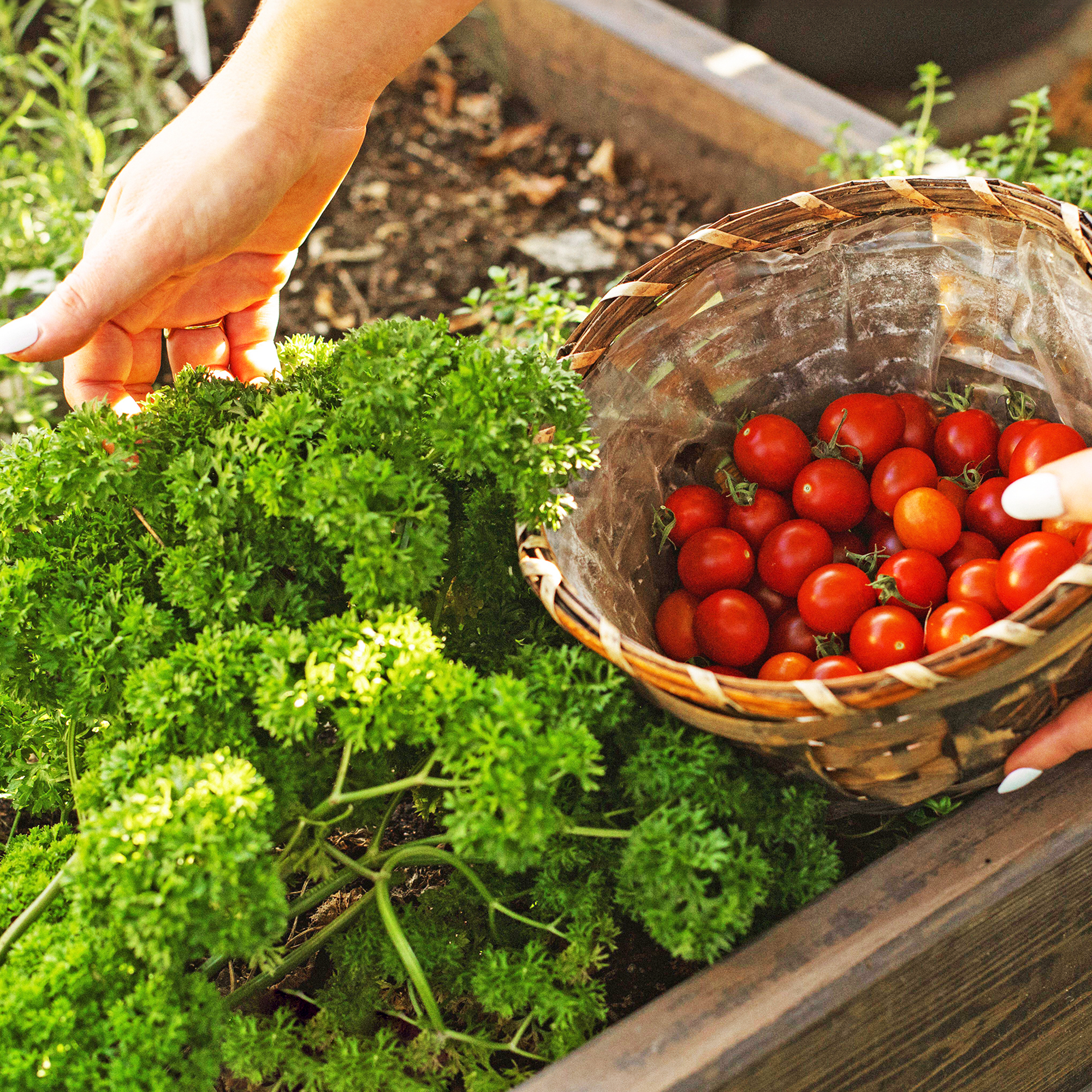 Best Herbs To Plant With Tomatoes: 6 Perfect Companions For Better Flavor & Bigger Harvests
Best Herbs To Plant With Tomatoes: 6 Perfect Companions For Better Flavor & Bigger HarvestsCertain herbs make excellent neighbors to tomatoes in the vegetable garden, repelling pests, keeping down weeds, and enhancing flavor. Try these top varieties.
By Mary Ellen Ellis
-
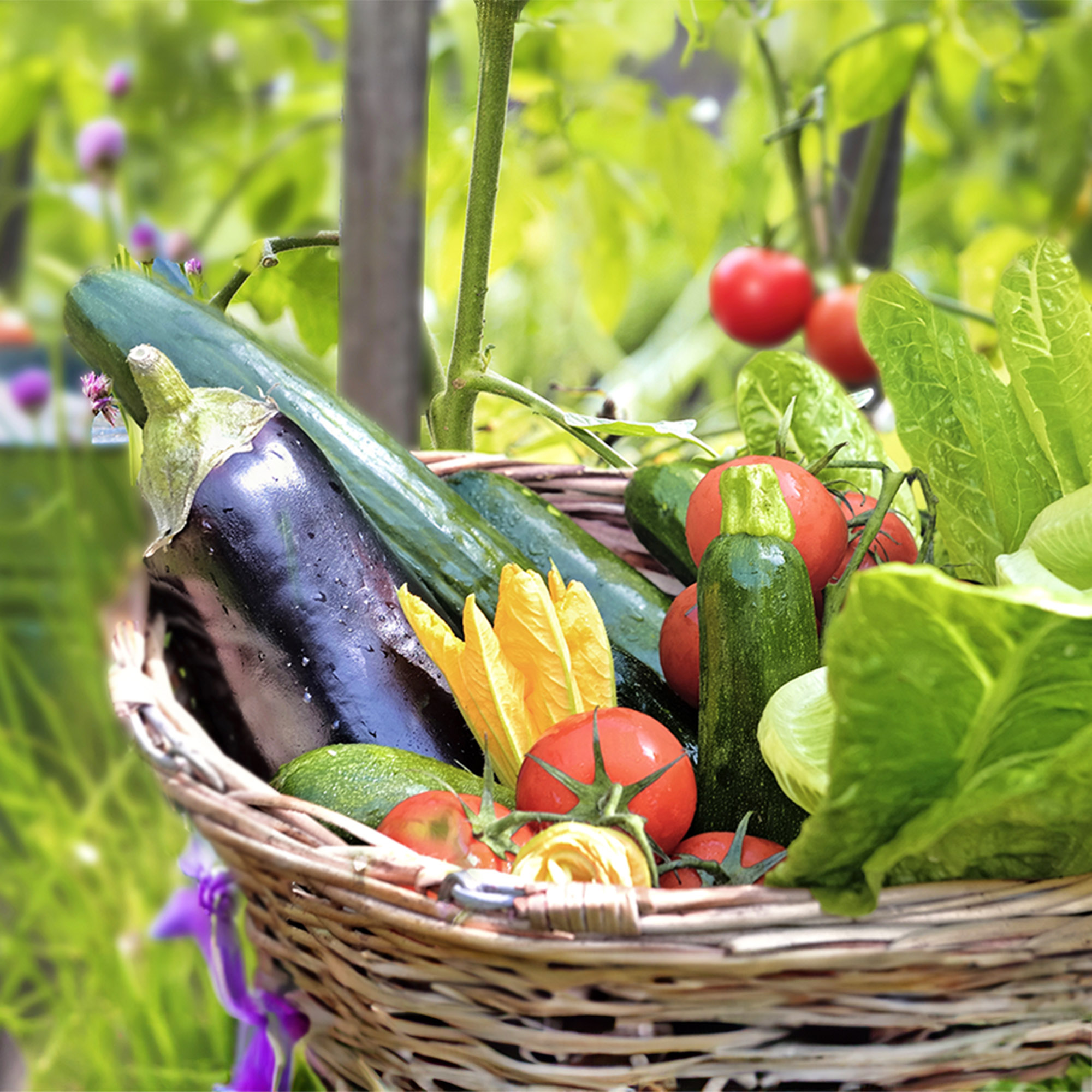 7 Best Vegetables To Plant In February – And Start Harvesting From Early Spring
7 Best Vegetables To Plant In February – And Start Harvesting From Early SpringGet a head start on your garden with these delicious veggies. Plant now and you can begin enjoying home-grown harvests sooner than you think.
By Mary Ellen Ellis
-
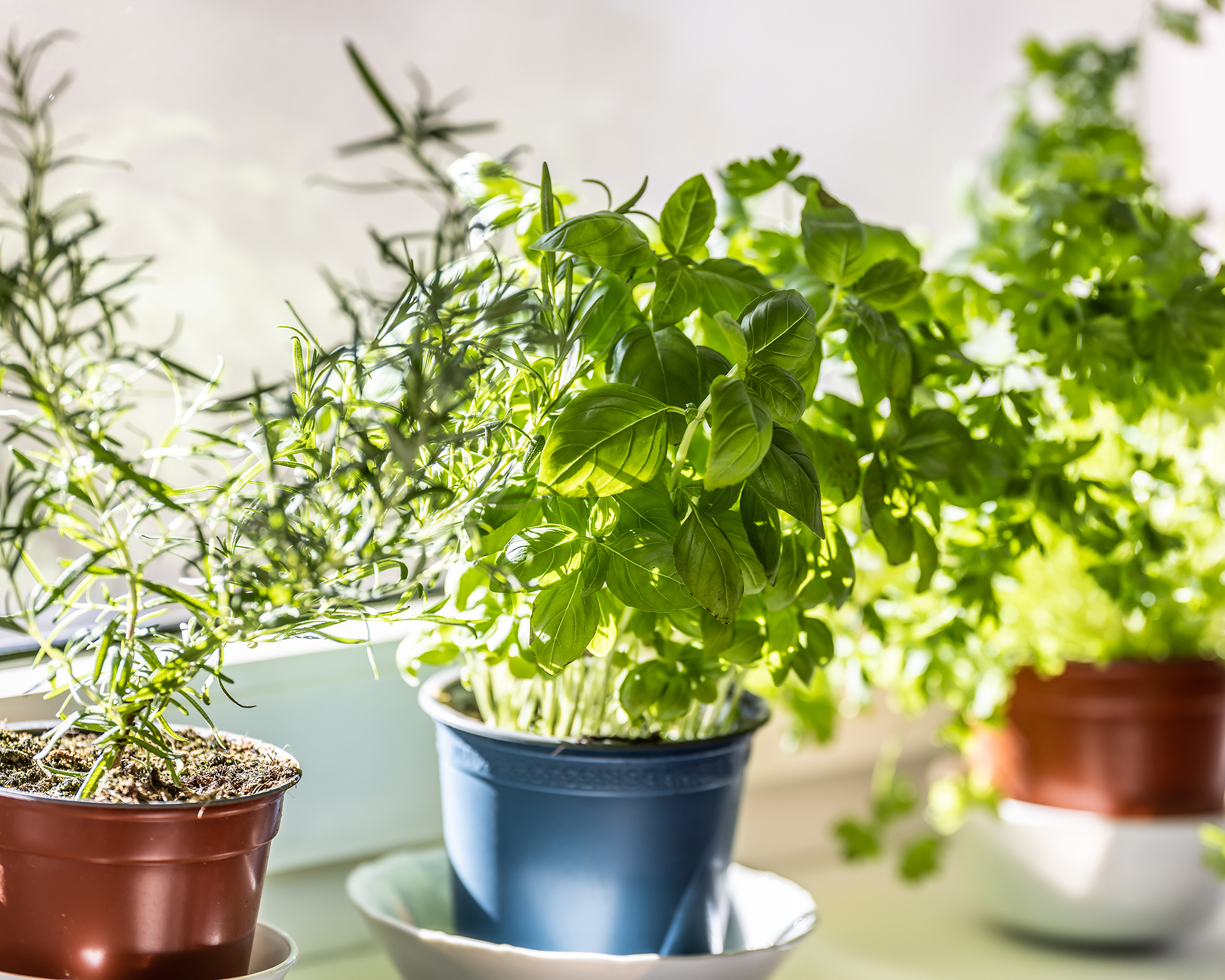 How To Grow A Windowsill Full Of Veggies This Winter, According To A Top Gardening Expert
How To Grow A Windowsill Full Of Veggies This Winter, According To A Top Gardening ExpertAward-winning journalist and climate-resilient gardening expert Kim Stoddart reveals her top plant picks and tips for a productive winter windowsill garden.
By Kim Stoddart
-
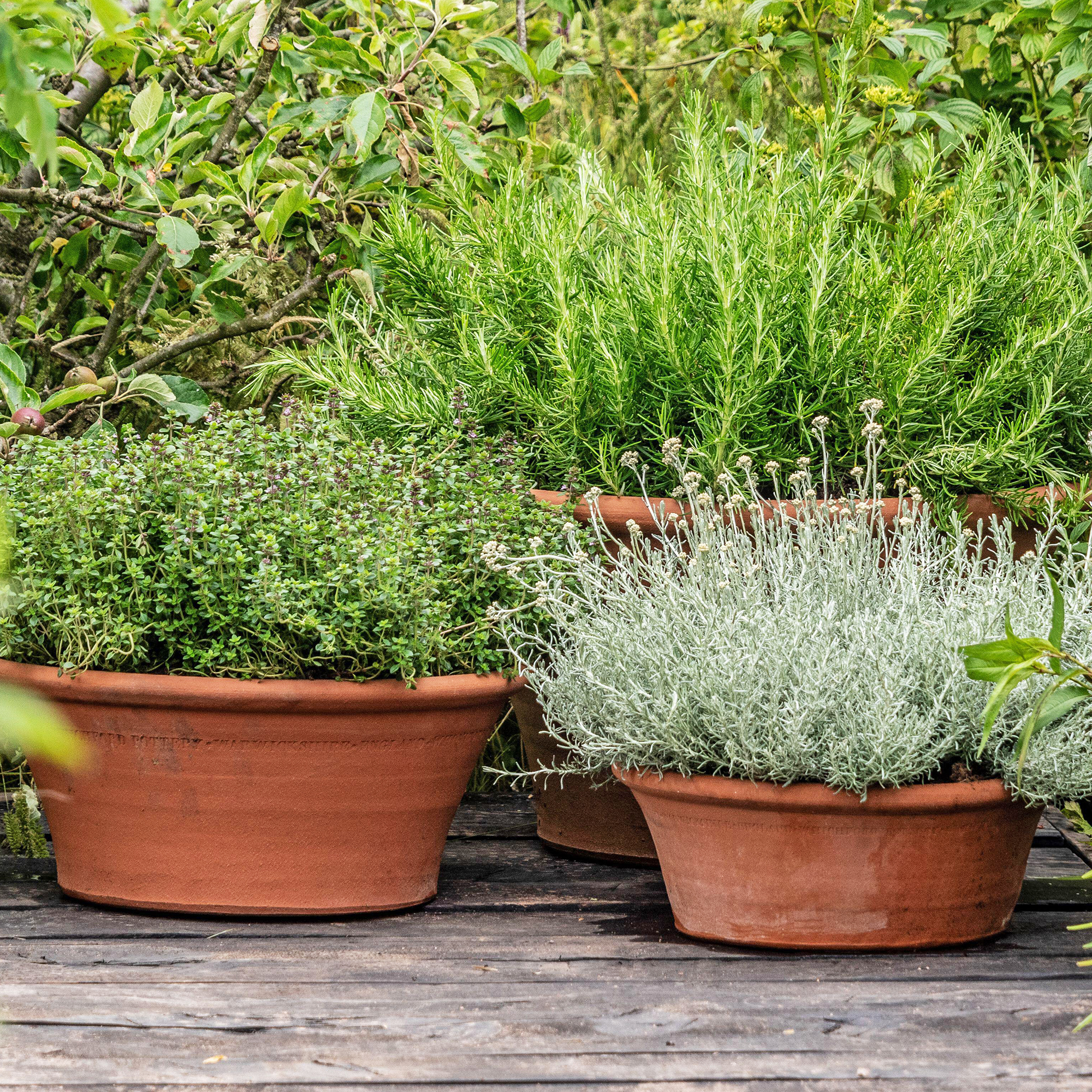 7 Perennial Herbs Perfect For Pots – Enjoy Aromatic Patio Harvests Year After Year
7 Perennial Herbs Perfect For Pots – Enjoy Aromatic Patio Harvests Year After YearDiscover the best perennial herbs to grow in pots. Ideal for small spaces, these low-maintenance plants offer year-round flavor and greenery on your patio.
By Bonnie L. Grant
-
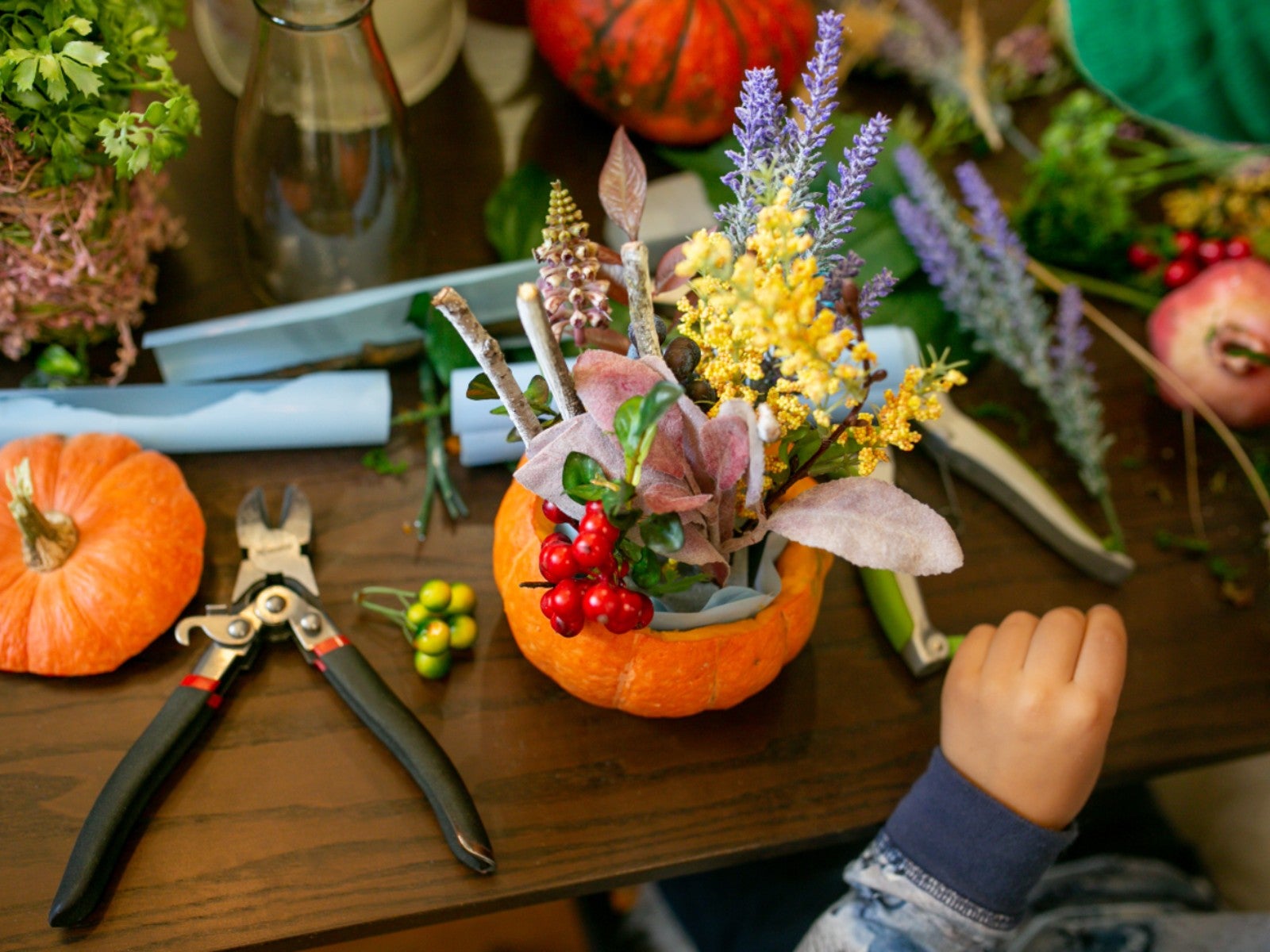 Do-It-Yourself Floral Pumpkin Centerpiece
Do-It-Yourself Floral Pumpkin CenterpieceCan you believe this pretty pumpkin centerpiece was made with just $13 worth of supplies? Plus, it was quick and easy.
By Amy Draiss
-
 9 Fun Things To Do With Pumpkins That Are Past Their Prime
9 Fun Things To Do With Pumpkins That Are Past Their PrimeWondering what to do with your pumpkin after the Halloween fun is over? Learn what to do with your pumpkins when you are done decorating with them.
By Teo Spengler